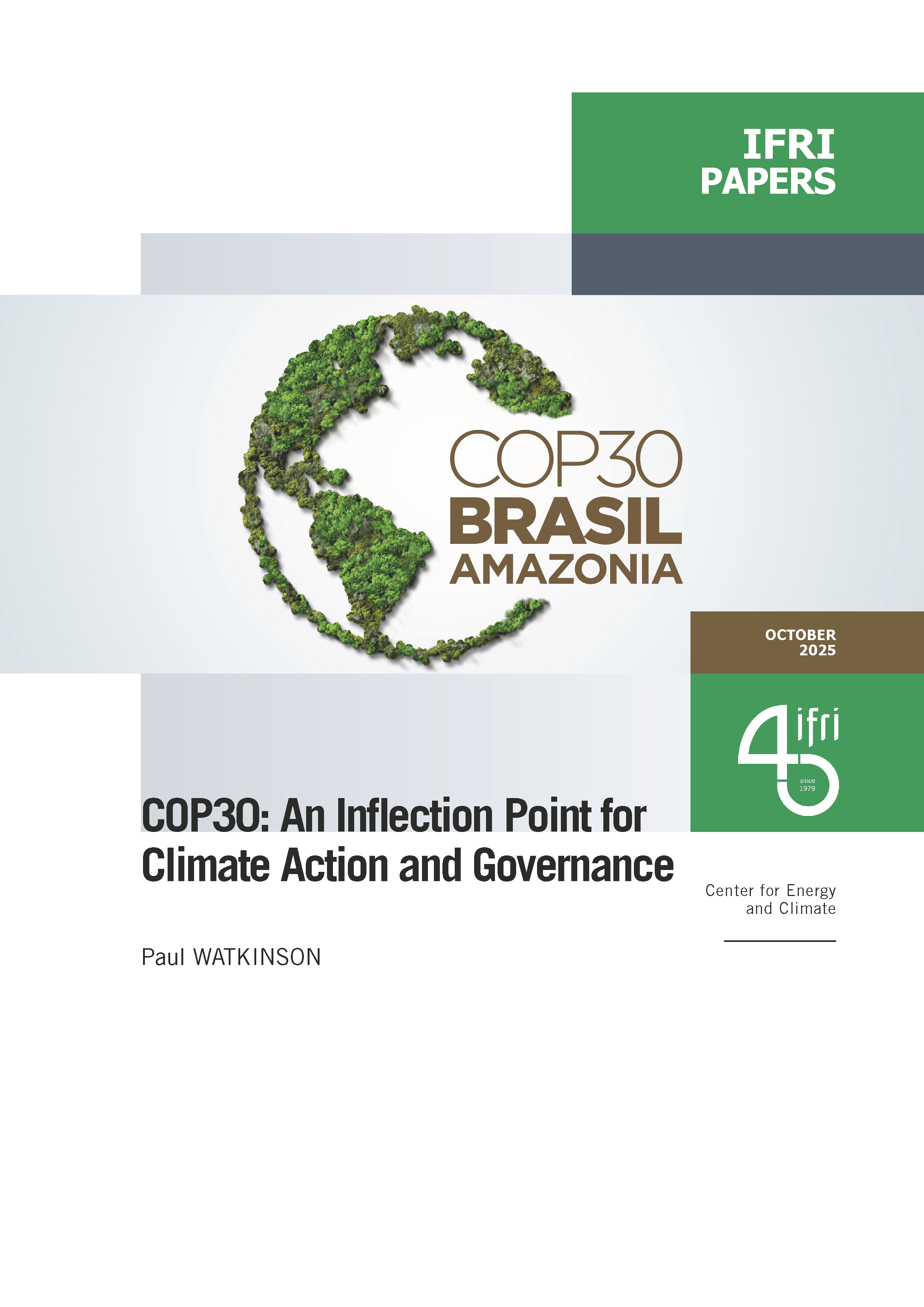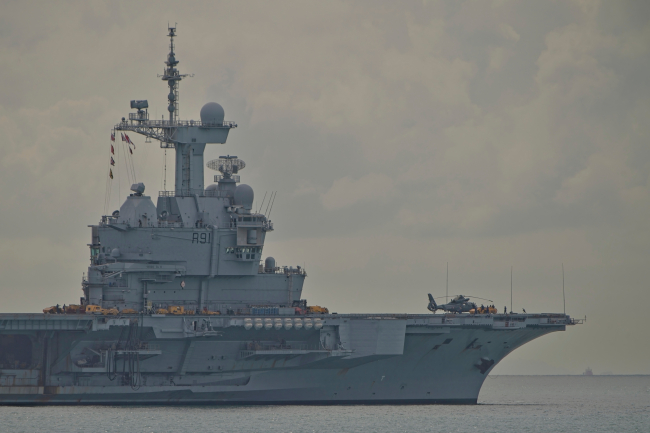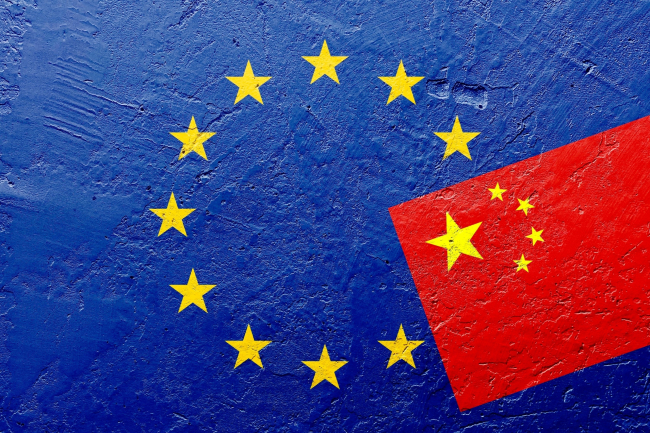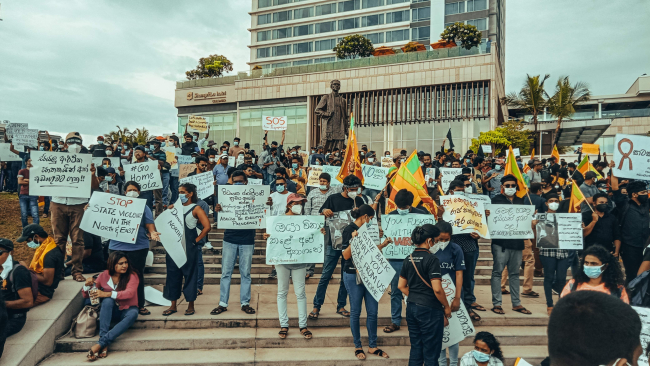Japan’s Infrastructure Investment in the Indian Ocean: Checking China, Securing the Sea Lanes

In the 2010s, Japan gradually increased economic connections with the Indian Ocean region (IOR) through trade, foreign direct investment, and official development assistance (ODA).

In particular, Japan began to consider the IOR a major destination of investment in maritime infrastructure represented by port facilities. Japan’s increasing engagements in connectivity development are seen in quite a few areas in the IOR such as the ports of Trincomalee and Colombo in Sri Lanka, Mombasa Port in Kenya, Matarbari Port in Bangladesh, and infrastructure facilities on the Andaman and Nicobar Islands in India.
Japan’s engagements in infrastructure and connectivity development in the IOR had much to do with China’s infrastructural push under the Belt and Road Initiative (BRI). Chinese state-owned enterprises have committed to the development of ports and terminals in the region, and the management of port facilities contributed to the increasing presence of the Chinese navy. The IOR offers crucial sea lines of communication (SLOCs) for Japan as Japanese tankers from the Middle East and Europe pass through the waters of the Indian Ocean. China’s increasing maritime presence in the region is likely to be a potential threat to Japan’s sea-line security. Moreover, China’s growing maritime presence leads to undermining Japan’s efforts to maintain a rules-based maritime order.
Japan encounters various challenges in pursuing these strategic objectives of countering China’s growing maritime presence and enhancing the securitization of SLOCs. The first challenge is the formulation of effective initiatives and policies to compete with China’s presence in infrastructure investment in the IOR. Japan needs to strengthen ‘soft infrastructure’, which consists of institutions and procedures that prop up physical infrastructure, such as human capital development and intangible management knowhow, as well as normative standards and principles in infrastructure investment. In this respect, Japan’s commitments to the Asia Pacific Economic Cooperation (APEC) and G20 produced formal policy documents regarding quality principles for infrastructure investment to which the Chinese government has paid due attention.
Moreover, Japan needs to deepen its strategic partnership with India, a country that shares similar concerns about China’s maritime advance in the IOR. India is a crucial partner for Japan as a member of the Quad involving the US and Australia, which has developed since 2017 under the strategic vision of the Free and Open Indo-Pacific (FOIP). The Quad holds a strategic objective to ward off China’s growing geopolitical presence, and maritime security and infrastructure investment have been regarded as key policy agendas for the grouping. A substantial challenge for Japan is how to integrate India in the US-led coalition of democracies, which pursues shared interests in maritime security and infrastructure investment. Japan needs to understand India’s subtle diplomatic position and assist its gradual integration into the US-centered strategic coalition.
Lastly, Japan has to pursue the possibility of collaboration with China in infrastructure and connectivity development. Given that Japan and China have different comparative advantages in infrastructure investment, the effective use of aid funds offered by the two countries under policy coordination will bring about synergetic effects in the economic growth and social upgrading of recipient countries and the comprehensive development of extensive adjacent areas. On this point, Japan must meet the challenge of coordinating a collaborative orientation with confrontational strategies in intensive Sino-US rivalry by forging a common front in domestic politics.
Download the full analysis
This page contains only a summary of our work. If you would like to have access to all the information from our research on the subject, you can download the full version in PDF format.
Japan’s Infrastructure Investment in the Indian Ocean: Checking China, Securing the Sea Lanes
Related centers and programs
Discover our other research centers and programsFind out more
Discover all our analyses
Opening up the G7 to South Korea to Address Contemporary Global Challenges
The G7’s global influence has diminished as powers like China reshape international governance through initiatives such as BRICS and the Shanghai Cooperation Organisation (SCO). With the G7 now representing just 10 per cent of the world’s population and 28 per cent of global GDP, its relevance is increasingly questioned.
Expanding SPDMM as a pivotal institution in the Pacific – A French perspective
The South Pacific Defence Ministers’ Meeting (SPDMM) is the only forum that brings together defense ministers from the wider South Pacific — including Chile, which is hosting it for the first time. This heterogeneous group of countries with varying resources, capacities, and interests — Australia, Chile, Fiji, France, New Zealand, Papua New Guinea (PNG), and Tonga — are united by their shared determination to strengthen cooperation on maritime security and humanitarian assistance and disaster relief (HADR) activities.
EU’s Derisking From China: A Daunting Task
With economic security as a major concern, the EU has recently turned to “derisking” from China. The EU strategy entails reducing critical dependencies and vulnerabilities, including in EU supply chains, and diversifying where necessary, while recognizing the importance and need to maintain open channels of communication.
Sri Lanka’s NPP Government. From System Change to Structural Compliance
In September 2024, a relative outsider to Sri Lanka’s two-party-dominated political system, Anura Kumara Dissanayake, won the presidential elections. The anti-establishment, populist movement he represented, the National People’s Power (NPP), went on to receive an overwhelming mandate in the November 2024 general elections, winning 159 seats in a 225-member parliament.









